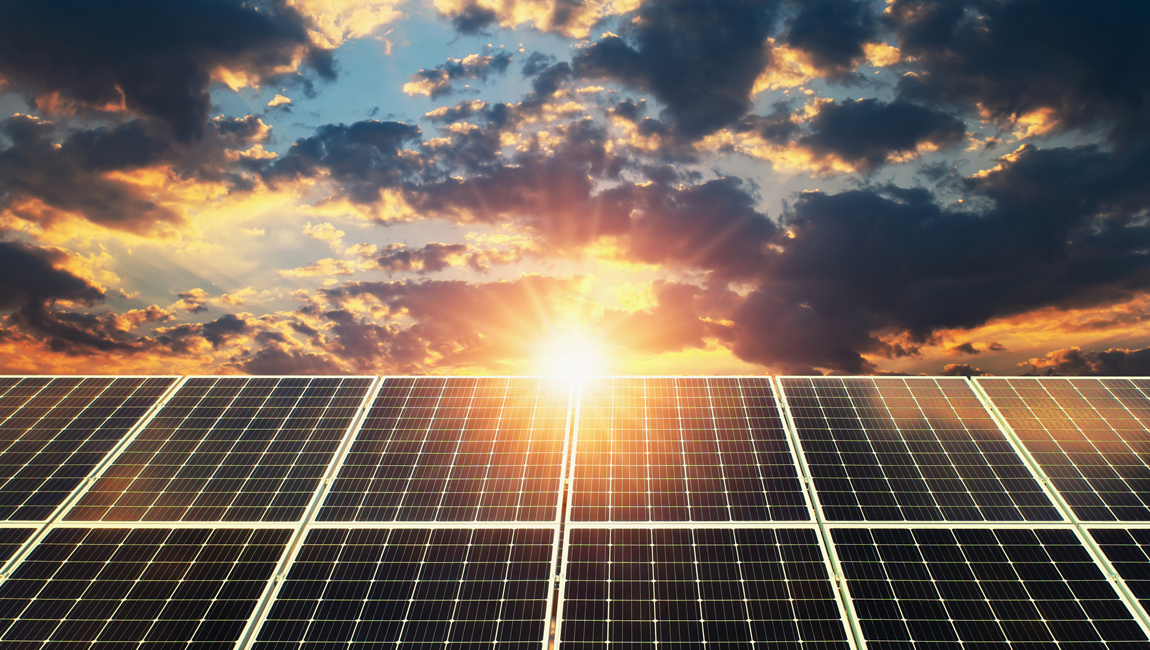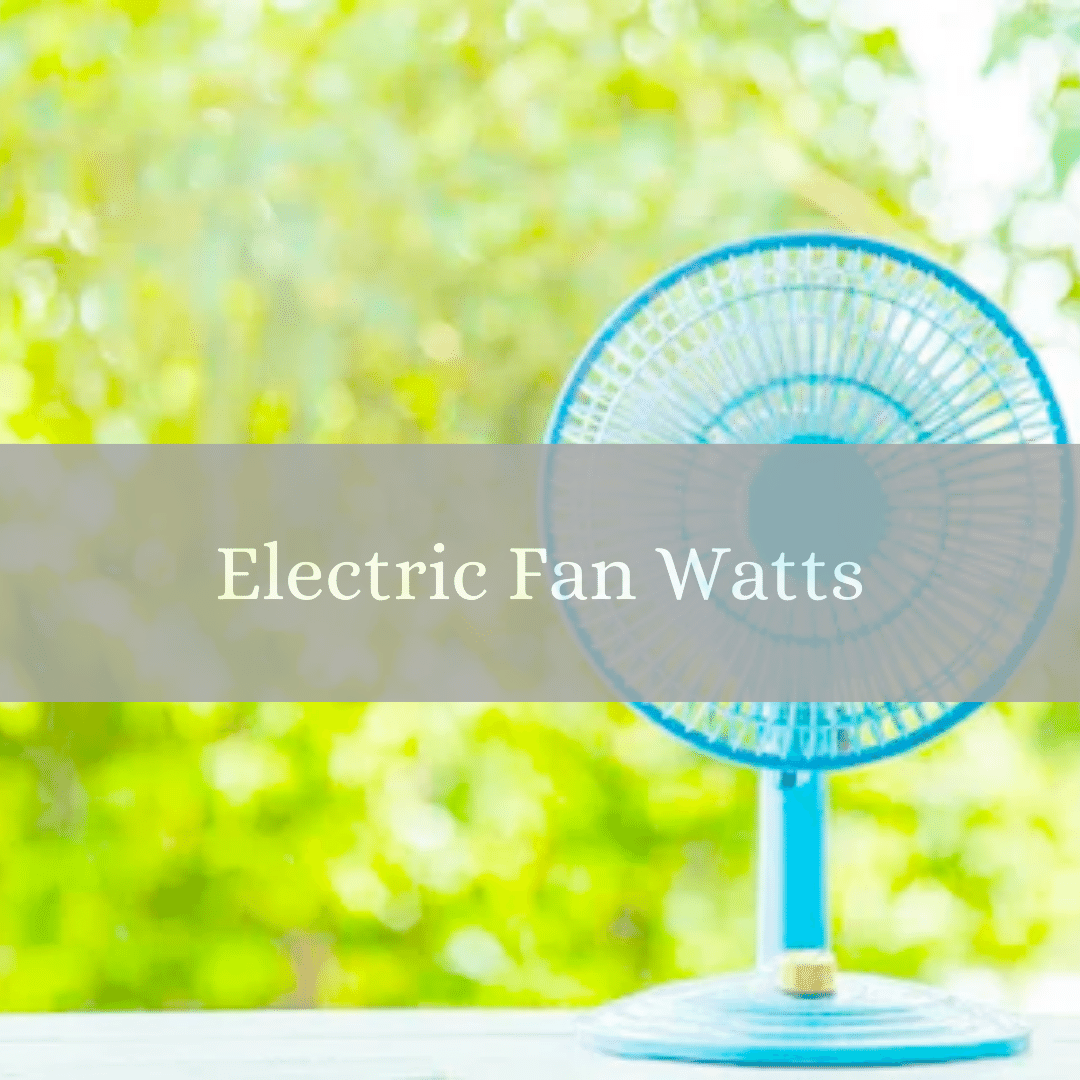In this article, I will explain the energy consumption of fans and understand how this device impacts monthly bills. And if you want to use the fan without guilt or fear about the energy bill at the end of the month, check out all our tips throughout the text.
The energy consumption of a device depends on its power (usually measured in watts) and the time it is on. However, certain devices are recognized as having a significantly high consumption compared to others in common use.
Appliances that typically consume the most energy in a home:
Air conditioning: It is one of the biggest energy consumers in many homes, especially in hotter regions. Consumption may vary depending on the model, power and time of use.
Water heaters: Whether it’s an electric shower or a boiler, heating water requires a lot of energy.
Clothes dryers: These appliances consume energy both for the motor that rotates the drum and for heating to dry the clothes.
Refrigerators and freezers: Although they do not consume a large amount of energy at once, they are always on, which means that their accumulated consumption is significant.
Electric ovens and cooktops: Using resistors to generate heat consumes a significant amount of energy.
Computers and large-screen TVs: Particularly older models or those that are left on for long periods.
It is worth remembering that actual energy consumption varies depending on the device model, energy efficiency, time of use, and other factors.
What is the energy cost of a fan?
The energy cost of a fan depends on several factors, including its power, time of use, and the electricity tariff in your region. However, it is possible to make a general estimate using common averages to give a rough idea.
For example, if you have a fan with a power of 50 watts and you use it for 6 hours every day, it will consume about 0.3 kilowatt-hours (kWh) per day. This happens because 50 watts is the same as 0.05 kilowatts, and by multiplying this by 6 hours of use, we obtain a daily consumption of 0.3 kWh.
Now, if we maintain this usage pattern throughout the month (considering a month with 30 days), the fan will consume approximately 9 kWh. So, by using this fan for 6 hours daily, you can expect a monthly consumption of around 9 kWh.
Which type of fan uses the most energy?
Fans, in their different forms and applications, vary in terms of energy consumption. The amount of energy a fan consumes is generally related to its power and the efficiency of the motor. Check out the most common types of fans and an overview of their energy consumption:
Ceiling fans
They are often more efficient than other types of portable fans because they are designed to circulate air over large areas. They often consume between 15 and 90 watts, depending on speed and model.
Table or floor fans
Small and medium-sized portable fans are usually placed on tables or on the floor. They consume between 25 and 75 watts, depending on size and speed.
Tower fans
These are long, thin vertical fans that oscillate to distribute air. They have a similar consumption range to table fans, but can reach up to 100 watts for larger or more powerful models.
Window Fans
Designed to be placed in an open window, these models have a greater capacity than table fans, consuming between 35 and 100 watts.
Industrial fans
Large and powerful, they are intended for spaces such as workshops, gyms, or warehouses and can consume from 100 to more than 1000 watts, depending on size and power.
In terms of residential consumption, ceiling fans are often the most efficient in terms of air circulation per watt consumed. However, in absolute terms, the industrial fans, they are, without a doubt, the ones that consume the most energy due to their high power and the air volume they move.
When choosing a fan, it’s important to consider space size, motor efficiency, and fan power in relation to your cooling needs. And it’s always a good idea to check energy efficiency labels when available to make an informed decision.
How to choose an economical fan?
Choosing one involves considering several factors that influence both the performance and energy consumption of the device. Here are some tips to help you choose a fan that offers good air circulation with efficient energy consumption:
Consider the appropriate size
Choose the fan size based on the size of the room or area you want to cool. A fan that is too small for a large space will have to work harder and may not be efficient, while one that is too large for a small space may be a waste of energy.
Choose quality engines
Fans with good quality, well-built motors tend to be more efficient and durable. They are also generally quieter.
Choose models with speed variables
Fans with multiple speed settings allow you to adjust power as needed, avoiding excessive energy use on cooler days.
Consider fans with a timer function
Some models have timers that turn off the fan after a set period, preventing the device from running unnecessarily.
Check ratings and comments
Before purchasing, read online reviews and comments about the specific model. This can provide insights into fan performance and efficiency.
Think about additional technologies
Some models come with technologies that optimize airflow or automatically adjust speed based on ambient temperature, making them more economical.
Remembering that, in addition to energy savings, it is important to consider other factors, such as the price of the fan, its durability and other characteristics that meet your specific needs. A larger initial investment in a more efficient model can result in considerable savings on your energy bill over time.

